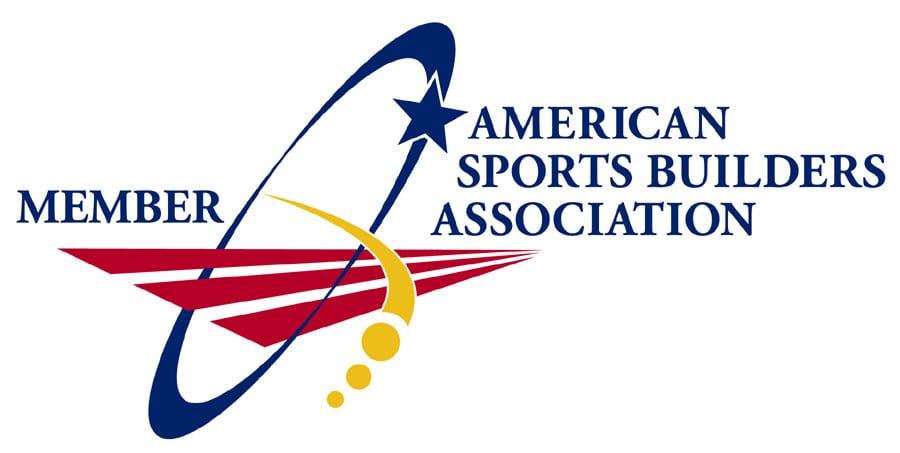
The Best Rooftop Solution for Synthetic Turf and Wind Uplift
Read Video Transcript and Main Points Addressed Below
As you probably know, a lot of where Ultra Base is used is on rooftops. Whether it’s going to be pedestal systems or just directly on roofs. There’s always a concern about wind uplift and for the most part, the installers around the country are installing directly onto the roof. We’re the manufacturers of the product. It’s up to really, the engineers and the installers to decide things like is the product going to perform with the proper uplift?
How to Build Rooftop Systems That Can Sustain High Force Winds
There are so many scenarios out there, you as the designer and the installer or the engineer have to make those decisions. We came up with one recently here in the Tampa Bay area. It’s going to be on the 20th floor of a apartment complex and it’s a relatively small putting green. They’re very concerned about the potential that, we have the hurricane force winds that can come in here in the St Petersburg area of, how is that panel going to react to wind uplift?
What We Learned From Our Previous Work With The Cruise Ship Industry
We took a playbook out of what I did for the cruise ship industry and we developed a clip system that was going to go over top of the panel. In this case, it was an. Ultra Base panel because why? We were going on top of an existing roof area and we wanted to use the cups so we didn’t have to go obviously, dig into the roof or patio area would be impossible. We used an Ultra Base panel, and we created this little C clamp, a C bracket that was glued to the tile or the roof member and then straddled the panel.
We Had Our New System Tested In The Lab – Which Can Sustain Up To 160mph Winds!
Then we basically put turf on top of it and the infill system. This was then taken to a lab that specializes in wind lift. We got to report back the other day and we’re very pleased with what we saw. This panel system that we developed was able to withstand 160 mile an hour winds for 15 minutes. Now, the test was two hours long, started 110 miles per hour. Jumped up to 120, 130. Ended at 160. That was wind blowing directly across the panel, and it did not move and break free from the little aluminum brackets that we created that were only really about that big, and every third or fourth panel it locked in.
It worked incredibly well. We’ve got a report that shows those test results. If you’re in a situation where you’ve got to secure the panels down to a roof area, call us, check with us. We can get you some information from this report, let you see what we did. Very exciting to us. We’ve been waiting a long time to see a wind load testing done like this. We passed, which is always a great thing. It’s just another little feather in our cap. Please, reach out to us and let us share with you how we did it, and maybe this can work for one of your next rooftop installations or balcony installations.








